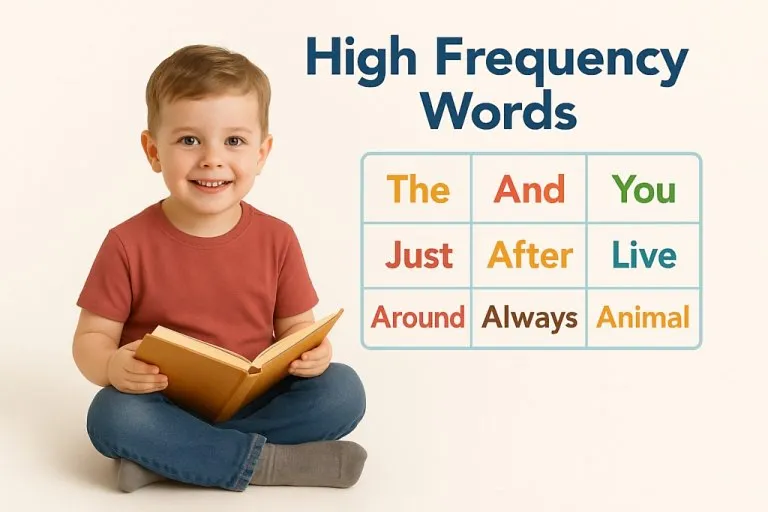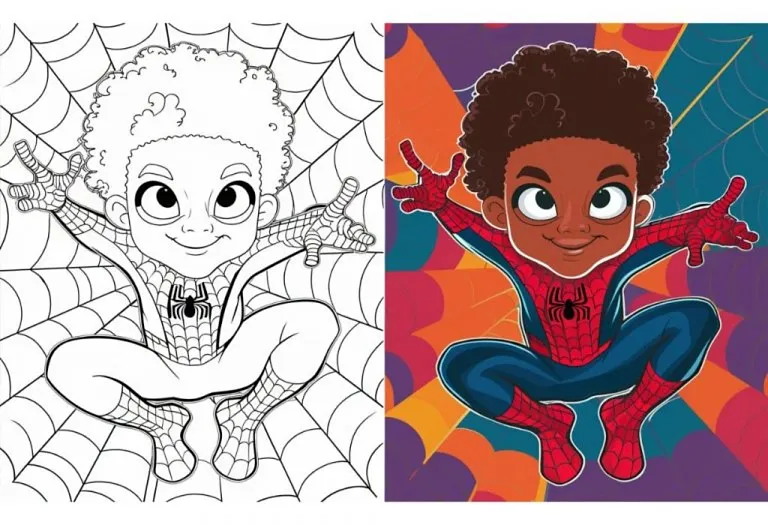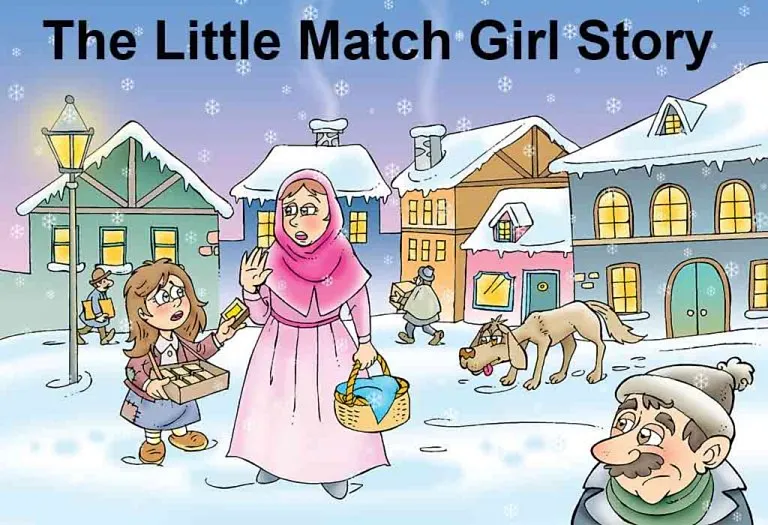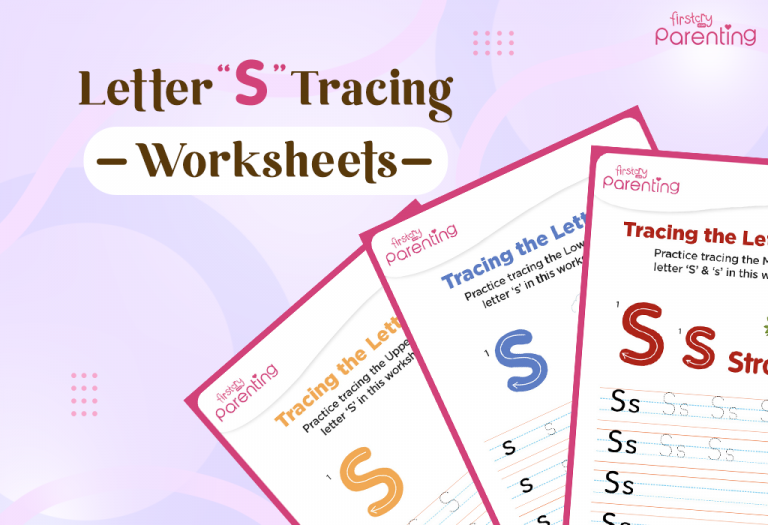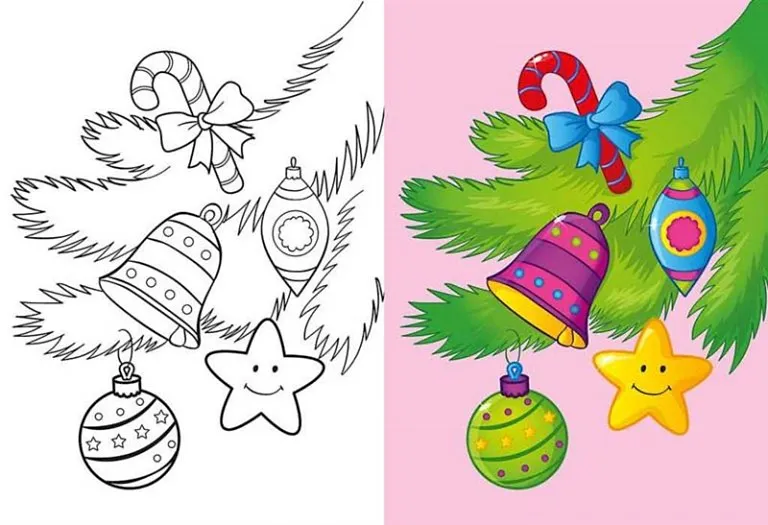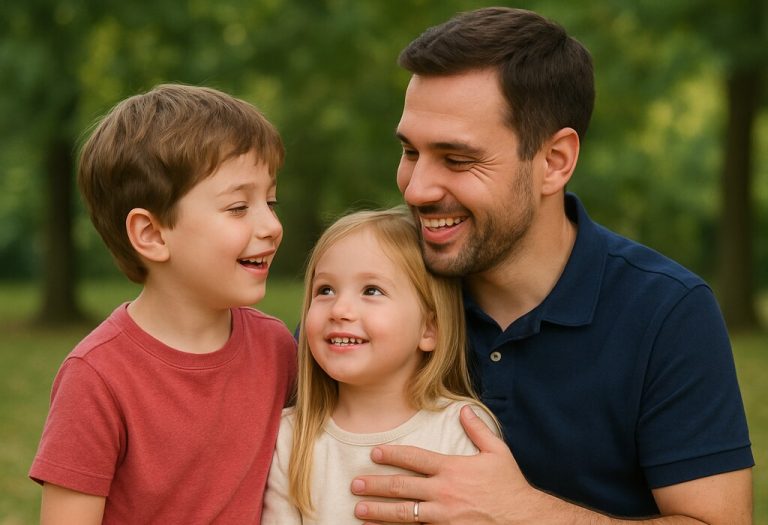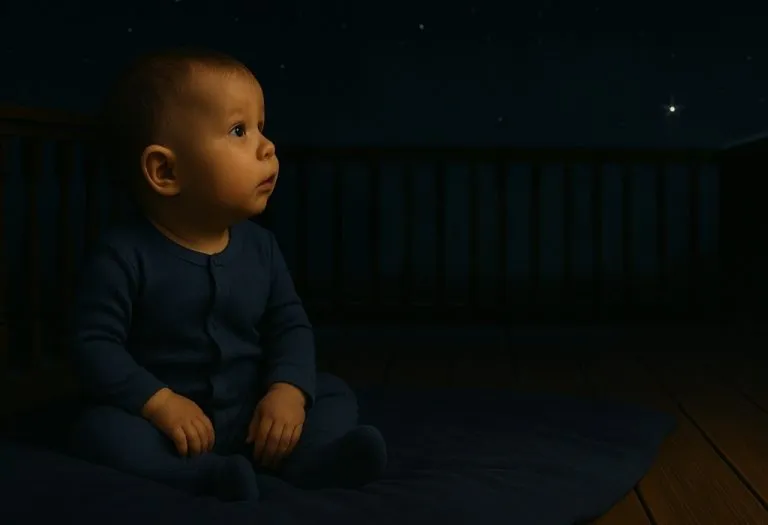High Frequency Words: What Are They, List & Learning Tips
- What Are High Frequency Words?
- When Do Children Start Learning High Frequency Words?
- Why Is It Important for Kids to Learn High Frequency Words?
- In What Sequence Do Children Typically Learn High-frequency Words?
- List of High Frequency Words for Kindergarten
- High Frequency Words for Grade 1
- High Frequency Words for Grade 2
- High Frequency Words for Grade 3
- Ways to Teach High Frequency Words to Kids
- Useful Tips for Practicing High Frequency Words
- FAQs
If you’ve ever watched a child take their first steps into reading, you know how magical—and sometimes frustrating—those moments can be. The journey from recognising a few scattered letters to confidently reading sentences often feels like crossing a bridge. What helps build that bridge? A big part of the answer is something called high frequency words. These are the everyday words that keep popping up in children’s books, story time, and even our daily conversations. You might not have realised it, but words like “the,” “and,” or “said” are everywhere. For kids (and even adults learning a new language), recognising these words on sight is the key to reading with ease. So, whether you’re a parent, teacher, or just someone curious about early literacy, understanding high frequency words can make all the difference in your literacy toolkit. With the right strategies and a friendly approach, the path to fluent reading becomes a lot smoother and much more enjoyable.
What Are High Frequency Words?
High frequency words are the common words we see again and again when reading and writing. They are the small but important words that help us understand sentences quickly without needing to sound out each part.
When Do Children Start Learning High Frequency Words?
Children usually start learning high frequency words as early as kindergarten. At this stage, teachers introduce simple common words that kids often see in books and daily conversations. The goal is to help them recognise these words quickly without needing to sound them out. With regular practice, children gradually build a strong foundation for reading and writing.
Why Is It Important for Kids to Learn High Frequency Words?
Learning high frequency words is a big step in helping kids become confident readers. These words pop up all the time in books and conversations, so knowing them makes reading smoother and more enjoyable. Here are some reasons why these words matter:
- They help kids read faster because they recognise words without needing to sound them out.
- Knowing these words builds reading confidence and encourages kids to read more often.
- They make understanding stories easier since these words connect sentences together.
- Learning high frequency words supports writing skills by giving kids words they use regularly.
- These words lighten the mental load during reading, letting kids focus on meaning instead of decoding every word.
- Mastering them early lays the groundwork for learning more complex vocabulary later on.
When kids get comfortable with high frequency words, reading stops feeling like a puzzle and starts feeling like a fun adventure.
In What Sequence Do Children Typically Learn High-frequency Words?
Children usually learn high-frequency words in sync with their phonics learning. At each phonics phase, they master a mix of decodable words (easy to sound out) and tricky words (irregular spellings). This sequence supports their reading confidence and fluency in a gradual, logical way.
Phase 2 – Getting started with basic sounds
Kids begin with simple letter-sound pairs like s, a, t, p, i, n, m, d, g, o, c, k, e, u, r, h, b, f, l (taught in small groups).
- Decodable words: examples include at, in, is, big, up—words they can sound out.
- Tricky words: words like no, the, and go must be recognised by sight because they don’t follow usual patterns.
Phase 3 – Introducing digraphs and blends
Now children learn two-letter sounds like sh, ch, th, ng, ai, ee, oa, igh and more.
- Decodable words: now, that, will, with—these use the new letter combinations.
- Tricky words: they, my, she, he, all—a new batch of sight words added to their reading toolkit.
Phase 4 – Building words with blends
No new sounds are added here; instead, children practice reading words that include combinations like spl, thr, str, etc.
- Decodable words: went, help, just—slightly longer, multi-sound words.
- Tricky words: said, some, come, have—these need to be memorised as patterns.
Phase 5 – Exploring alternative spellings and pronunciations
This phase covers new ways to spell familiar sounds (e.g. ay, ie, a–e), and alternate pronunciations like ow in “cow” vs “know”.
- Decodable words: made, came, about, time—they reflect the new spelling styles.
- Tricky words: looked, people, their, could—often irregular and must be remembered individually.
List of High Frequency Words for Kindergarten
When children begin reading in kindergarten, having a bank of high frequency words for preschoolers really helps them move through stories with ease. These words are simple, often used in daily speech, and form the building blocks for reading and writing at an early age. Here is a table of 42 unique high frequency words for kindergarteners grouped into three columns.
| the | and | you |
| to | in | it |
| a | is | for |
| I | that | he |
| of | was | with |
| have | on | are |
| we | they | this |
| like | at | be |
| see | she | as |
| my | do | can |
| me | one | by |
| what | so | go |
| said | but | not |
| here | had | up |
High Frequency Words for Grade 1
Kids in year 1 start using longer and more varied words as they grow as readers. High frequency words year 1 are key because they help children read full sentences without stopping to puzzle over each word. Below is a clean table of 45 unique high frequency words for grade 1 grouped into three columns.
| just | after | live |
| every | from | open |
| may | going | round |
| stop | thank | once |
| could | any | their |
| again | old | put |
| over | had | were |
| them | when | fly |
| take | walk | some |
| know | ask | let |
| how | her | give |
| his | as | him |
| by | then | just |
| think | an | has |
| over | after | could |
High Frequency Words for Grade 2
By year 2, children start to tackle even more words on their reading journey. A strong list of high frequency word year 2 helps them read stories, follow directions, and share ideas with confidence.
| around | always | Animal |
| before | both | Close |
| different | even | Father |
| follow | food | found |
| great | group | head |
| heard | high | home |
| house | kind | large |
| learn | left | light |
| little | might | mother |
| move | never | next |
| off | old | once |
| our | page | picture |
| place | point | read |
| school | sentence | show |
| such | three | together |
| turn | want | while |
High Frequency Words for Grade 3
Year three high frequency words help students read more complex texts and grow their vocabulary day by day. At this stage, the focus is on words found both in stories and in daily life, making reading smooth, steady, and enjoyable. Here is a list of 42 unique high frequency words for grade 3, neatly arranged in three columns.
| accident | address | believe |
| bicycle | breath | build |
| calendar | caught | centre |
| century | certain | circle |
| complete | decide | describe |
| different | early | earth |
| eight | enough | exercise |
| famous | favourite | forward |
| fruit | grammar | group |
| guide | heart | height |
| history | imagine | increase |
| island | length | library |
| material | medicine | minute |
| natural | naughty | notice |
Ways to Teach High Frequency Words to Kids
Teaching hfw words can be fun and creative, making it easier for kids to remember them. Here are some helpful ways to bring these words to life for young learners.
1. Flashcard Learning
Use flashcards with high frequency words for quick practice and memory building. Kids can play games flipping cards to make learning feel like play.
2. Read Together
Read books with your child and pause when you see hfw words. Point them out and say them together to help recognition.
3. Sticky Notes Around the House
Write hfw words on sticky notes and place them in spots kids often see. This constant exposure helps words stick naturally.
4. Spell the Words
Turn spelling into a game by having kids say the letters while doing a fun action like jumping or clapping.
5. Salt Box Writing
Pour a thin layer of salt on a tray and let kids write the words with their fingers. This hands-on method engages touch and memory.
6. Use Wikki Stix
Let kids shape letters using wax sticks. Feeling the shape of letters helps with remembering and spelling hfw words.
7. Words On the Go
While out and about, ask kids to spot and read any high frequency words on signs, packaging, or posters.
8. Trace and Say
Have kids trace the letters of hfw words on paper while saying the letters aloud to reinforce reading and writing skills.
Useful Tips for Practicing High Frequency Words
When it comes to common high frequency words, consistent practice makes all the difference. With the right tips, kids can pick them up in a way that feels natural and fun. Here are some simple ideas to make learning more effective.
- Use a high frequency words chart to practice daily and review words regularly for better retention.
- Introduce one new word at a time to keep learning manageable and encourage steady progress.
- Connect the words to reading and writing activities so kids see how they are used in real contexts.
- Make practice fun by playing word games, such as memory or matching games with hfw words.
- Encourage your child to write the words after reading them to strengthen memory through active use.
- Practice in short, frequent sessions rather than long ones to keep attention focused and learning fresh.
FAQs
1. Are high frequency words and sight words the same?
High frequency words often overlap with sight words, but they are not always the same. High frequency words are those that occur most often, while sight words include both high frequency and other tricky words that may not follow regular spelling rules.
2. Can learning high frequency words help with spelling?
Yes, learning high frequency words can help with spelling as many of these words are used often in writing. When children practice and remember these words, their spelling accuracy improves naturally.
Understanding high frequency words is an important step in helping children become confident readers. These words are the foundation that makes reading smoother and less frustrating. When kids recognise common words quickly, they can focus more on understanding stories and enjoying books. Teaching high frequency words with fun and simple methods keeps children interested and motivated to learn. With practice and patience, these words become second nature, opening the door to a world of reading. Helping children master high frequency words sets them up for success in both reading and writing throughout their education.
Also Read:
Synonyms for Kids
Concrete Noun for Kids
Opposite Words for Kids
Was This Article Helpful?
Parenting is a huge responsibility, for you as a caregiver, but also for us as a parenting content platform. We understand that and take our responsibility of creating credible content seriously. FirstCry Parenting articles are written and published only after extensive research using factually sound references to deliver quality content that is accurate, validated by experts, and completely reliable. To understand how we go about creating content that is credible, read our editorial policy here.






